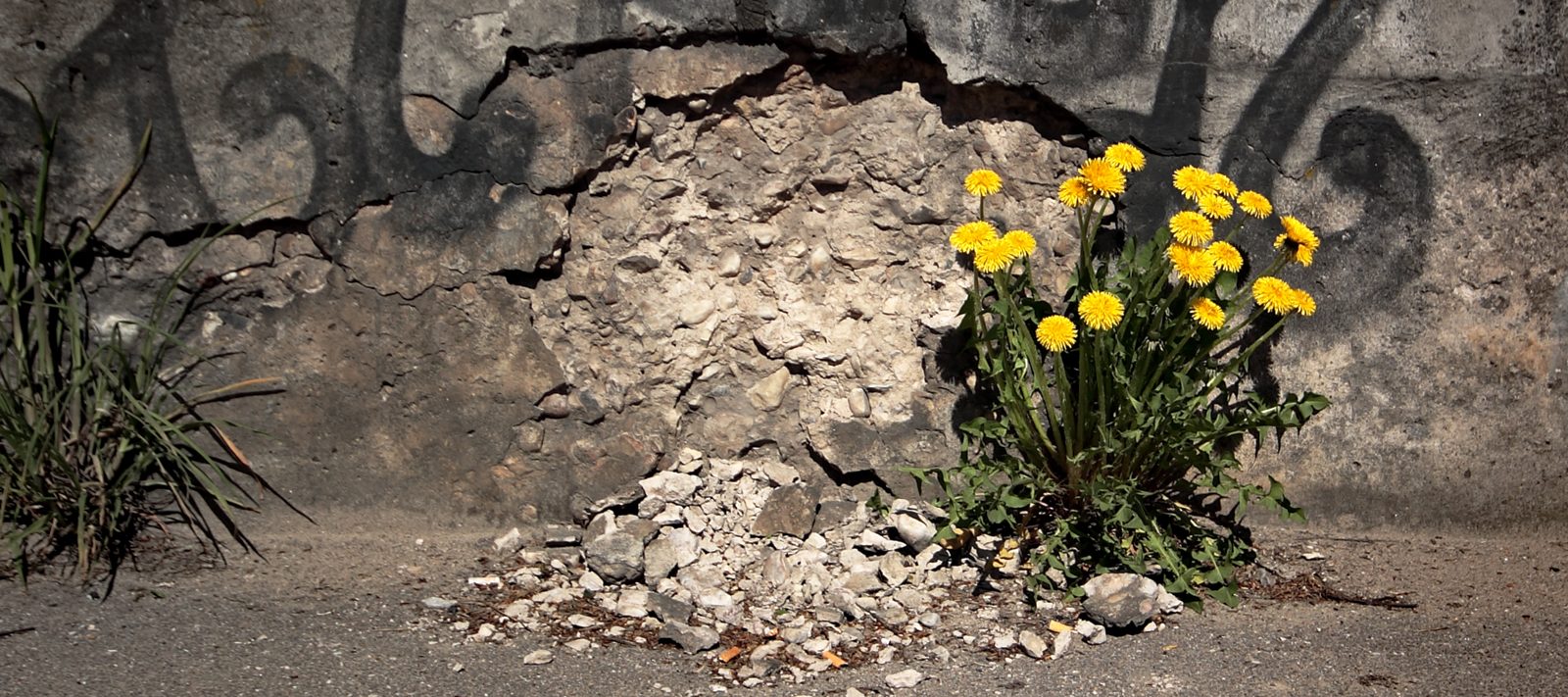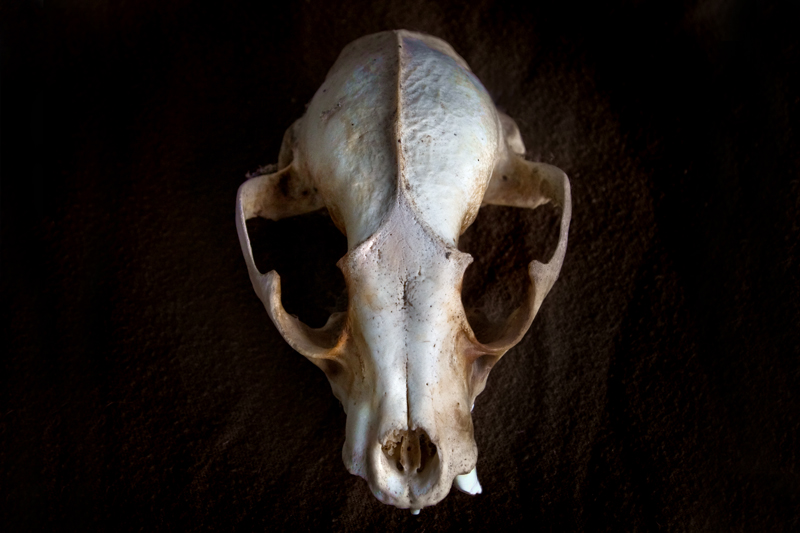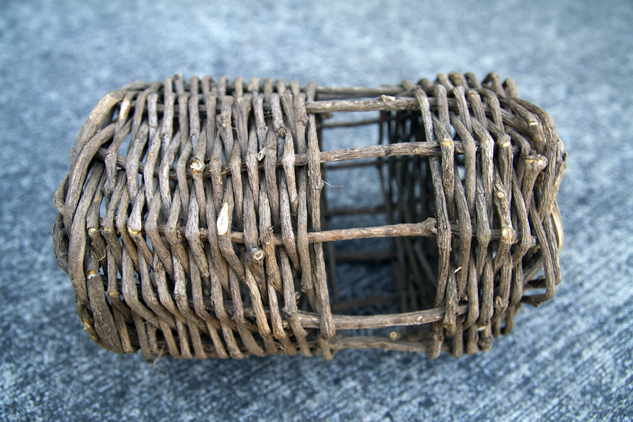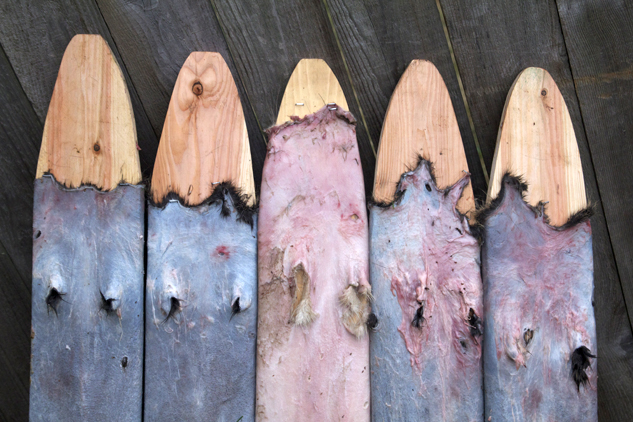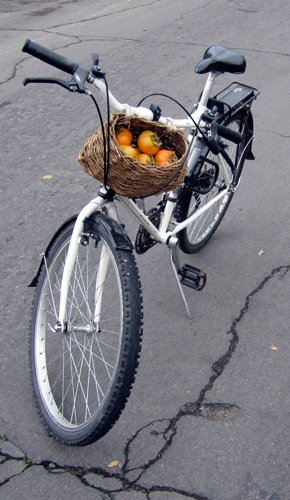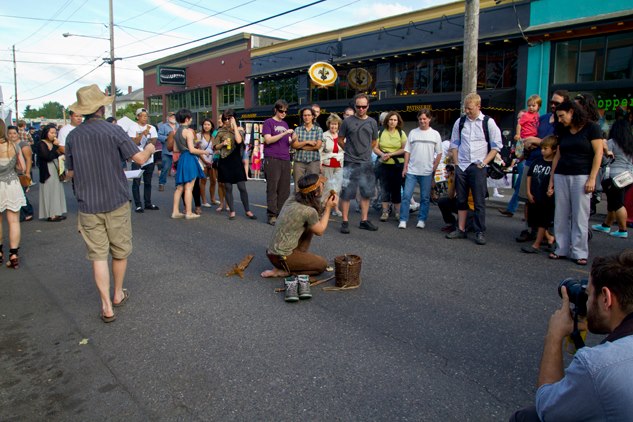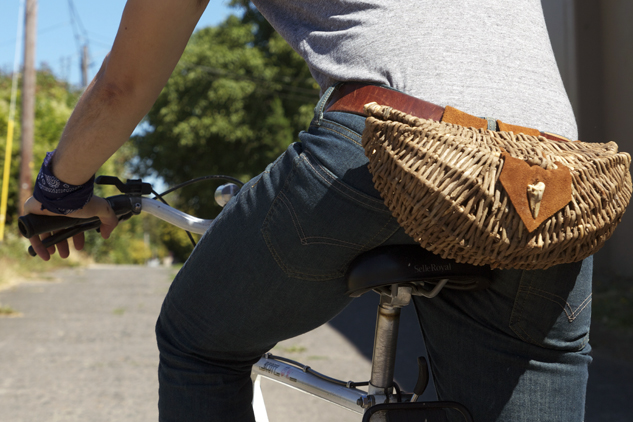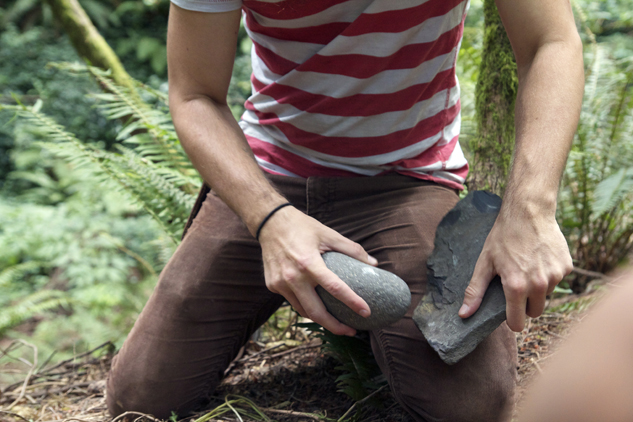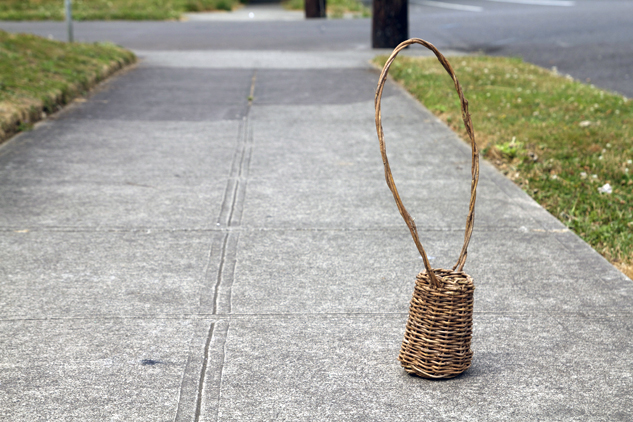I think about death all the time. Mostly because I am a hypochondriac. I often think about the possibility of contracting some disease or parasite or virus from my rewilding activities. I spend restless nights psyching myself out reading pseudo-medical websites. What if I died from Raccoon Roundworm after picking up a roadkill and skinning it? I can already hear what this fear-mongering, death-fearing culture would say, “He shouldn’t have been touching dead animals. Serves him right.” It reminds me of the “Grizzly Man” who risked his life to befriend the grizzlies, only to be killed and eaten by one, years later.
I’m not sure if he actually said this, but a friend told me that the grizzly man had said, “I would be honored to end up as bear shit.” While I wouldn’t be honored to end up in a coma because of raccoon roundworm, there is a certain honor in a life of risk-taking for a greater cause, or for a life lived outside of safety, security, and comfort. Living a freer, exciting life requires taking risks. Rewilding requires taking certain risks in order to live life more fully, more free. It requires letting go of your fears, and in particular, the fear of death.
I don’t want to die, but I am not afraid of being dead. I am more afraid of never really having lived a really awesome life, doing the most I can for the future generations. It’s not so much that I’m afraid of being dead, but that I really just don’t want to die. In spite of life’s hardships, I really enjoy living. The fear around death that I have is in the act of dying itself; will it hurt? For how long? I don’t think I’ll care much after that part anyway. Although, I’ve been up close and personal to animals that I have killed for food. I’ve seen the life leave their eyes. I’ve heard their last screams. I think that I may fear being dead if I was dying.
I used to think pretty highly of myself. Like, if I die, who is going to bring rewilding to the world? This is very silly, since anyone living 100 years from now who is alive, with be rewilding in some capacity whether I die now or 50 years from now makes little difference. My words and actions make little difference in the whole of the world. I can try to convince people, but the real convincer is mother nature, who will force people to rewild or die. Even then, the positive feedback loops of climate change could wipe us all out, rewilder or no. But it is certain that *if* people are alive in 100, 200 years, 1000 years it will be because they began to rewild.
I’m pretty sure I will die as the collapse intensifies, if I even live to see it (get worse than it already is). My immune system is weak. I have many maladies that will be difficult to deal with (such as having IBS and a lack of toilet paper). I don’t dwell on this thought much though, because the future is completely uncertain. I could die in a car accident tomorrow. I could have a heart attack in my sleep tonight. I could have a brain aneurism before I finish this senteeeee………
Just kidding! Still here.
What I want is an honorable death. For example: to be torn apart by a pack of wolves would be more honorable than being hit by a car in downtown Portland. To slip and fall off a cliff in the wilds while scouting, hunting, foraging, or planting seeds would be more honorable than accidentally electrocuting myself in the shower. I want a wild death. I don’t care if it is a stupid mistake, it is was for rewilding. Of course, I don’t *want* to make any stupid mistakes, but I would rather it be a stupid mistake on the path of rewilding, than a stupid mistake of a domesticated, civilized nature like forgetting to look both ways before I cross the street or choking on a burger at a fast food restaurant.
I believe when I die I will go in the ground. I do not believe that my mind will carry on in an afterlife. I think that all the information stored in my brain, all my memories, experiences will die with my lifeless body. The energy that makes my heart beat today will transform into something else, much like my decomposing flesh. I think it is foolish to live for an afterlife. This is why I do not want to die. I live for my life, this life. I will rewild until I die. If there is a spirit, then I’ll continue to rewild in the afterlife.
• • •
I would like my after death rituals and customs to be more wild. When I die, I would like my body buried in the ground, not burnt, not in a coffin, and without any gross fluids injected into it. I don’t want to be in a cemetery. I don’t want a headstone. I want a tree to be planted in my honor. Preferably an Oak tree. This tree can act as a headstone. If that is not possible, I would like a “sky burial”. I would like my body to be placed high atop a mountain and eaten by vultures. My possessions should be donated to a rewilding cause. Those are the only wishes I can think of should I die before I get the chance to revise this list.
Here’s to long, healthy, happy life!
• • •
Comments are disabled. To have a conversation about this post, please go to the rewild forum:
http://rewild.com/index.php?topic=1785.0


